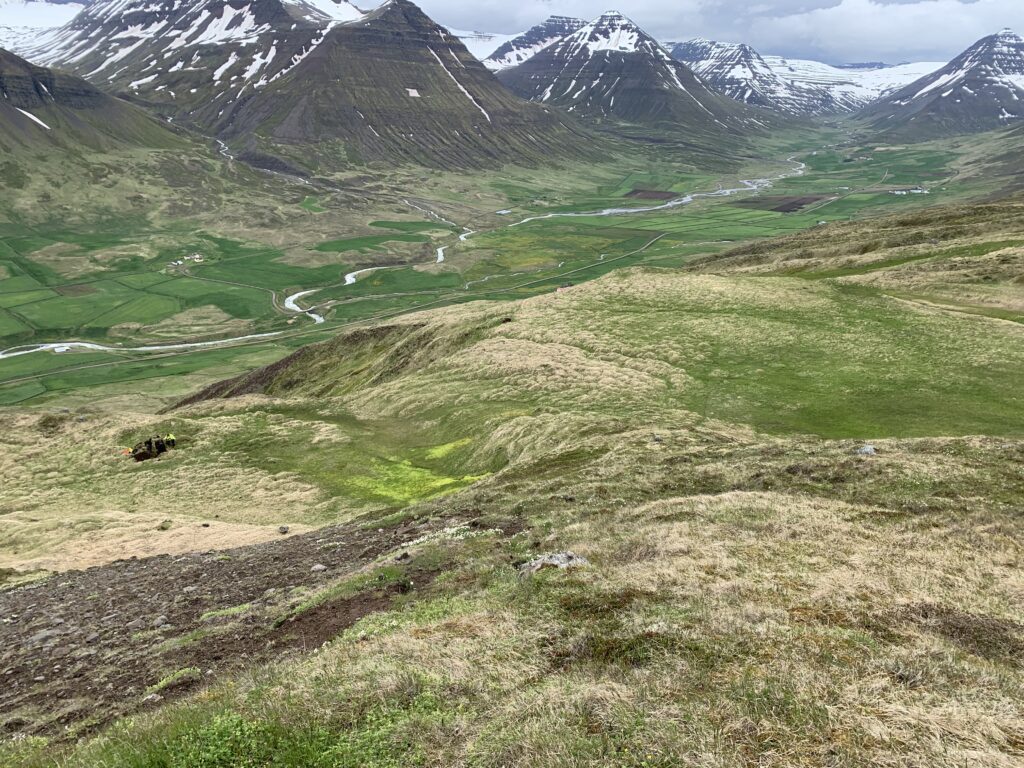Work package 2
Transhumance and its archaeology
Elín Ósk Hreiðarsdóttir, Oscar Aldred,
Gylfi Helgason and Lilja Laufey Davíðsdóttir
The potential of archaeology to advance our knowledge on transhumance systems and its significance for agricultural and socio-economical system has mostly been overlooked until recently in Europe. New work has, however, come up with novel research questions and methodologies by combining archaeological fieldwork with paleoecology, geoarchaeology, ethno-archaeology, and place names. This work has proved immensely important, creating a common framework and discussion points for academics.
In Iceland, much focus has been on the issue of identification of shielings and to create some preliminary typology based on survey data. Other archaeological studies of shielings sites have mostly been small scale and often development-led excavations. The previous archaeological research, such as Lucas’ research at Pálstóftir and Hermanns-Auðardóttir’study at Skarðssel in N-Iceland, has opened the potential that shielings were not only intended to produce dairy products, but that various activities may have taken place there that our models and explanatory frameworks in this project need to consider. The main problem, however, with existing shieling studies in Iceland is that they have been centred on local issues, with little interest to put the findings into national, let alone international, context. Clearly, a much more ambitious interpretation is needed of the archaeological material if it is supposed to address complex societal issues; this project aims to do just that.
A key concern of this work package is to date the ‘origin’ of transhumance N-Iceland and SW-Iceland, focusing on the establishment of shielings and when periods of intensive and widespread transhumance occurred and declined. When do shielings become an established feature in Iceland, what was their duration and when were they abandoned? Such an emphasis, whilst relatively simple, goes to the heart of the debate on cultural shifts in archaeology and history that cannot be answered with a single causal explanation. Put simply, how do communities, environments, and cultural systems change? We believe that studying transhumance systems in Iceland will have a great impact on this debate, that will be of great interest to international scholars of many periods and regions. Another key concern of this work package is to create a robust typology of shielings. Combined with the spatial analysis in WP 1 we also ask: did the transhumance system transform from a more complex system to a more uniform and ‘simpler’ system, or does the archaeology point to a more complicated picture? Do all sites merit the identification as ‘shieling’ or does the vagueness of the term conceal a more complex seasonal practice than previously thought?

